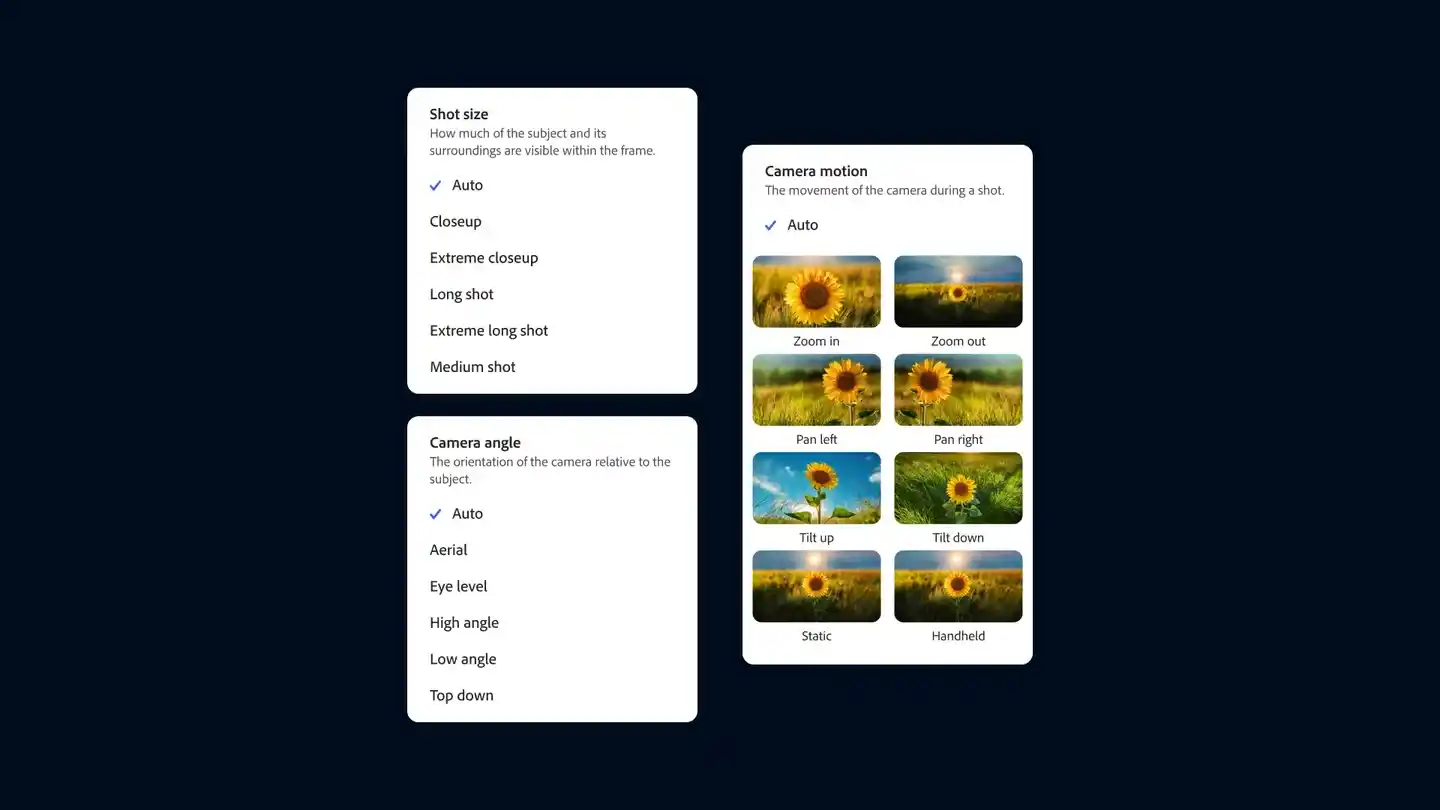Table of Contents
Adobe has unveiled its latest innovation in generative AI: text-to-video tools. These groundbreaking tools promise to transform the way content creators produce videos.
Building upon the impressive capabilities of its Firefly video model, Adobe’s text-to-video tools allow users to generate high-quality video clips simply by providing a text description. The tool offers a wide range of customization options, enabling users to adjust camera angles, motion, and shooting distance to achieve their desired visual style.
How Adobe Text-to-Video AI Tool Works
Adobe text-to-video AI tools leverage the power of natural language processing and machine learning to understand and interpret text prompts. The AI model then generates corresponding video frames based on the input, ensuring that the final output aligns with the creator’s intentions.
The text-to-video process involves several key steps:
- Text Analysis: The AI model breaks down the text prompt into its constituent parts, such as words, phrases, and concepts.
- Semantic Understanding: The model then analyzes the meaning and context of the text, identifying the key ideas and relationships between them.
- Visual Representation: Based on the semantic understanding, the AI model generates a visual representation of the text prompt, including objects, scenes, and actions.
- Frame Generation: Individual frames are created, incorporating the visual elements and ensuring smooth transitions between them.
- Video Assembly: The generated frames are combined to form the final video output.
Key Features of Adobe Text-to-Video AI Tool
- Text-to-Video Generation: Easily create videos from text descriptions.
- Image-to-Video Generation: Generate videos based on reference images.
- Customization Options: Adjust camera angles, motion, and shooting distance.
- Commercial Safety: Trained on openly licensed, public domain, and Adobe Stock content.
Benefits of Using Adobe Text-to-Video AI Tool
Increased Efficiency: Adobe text-to-video AI tool can significantly streamline video production by automating time-consuming tasks such as scripting, storyboarding, and shooting. This allows creators to focus on more creative aspects of their work and bring their ideas to life more quickly and efficiently. To enhance workflows even further, creators can use AI video summarizer tools to automatically generate short summaries or highlight reels from their AI-generated videos—saving time and improving content repurposing across platforms.
Enhanced Creativity: These tools empower creators to explore new possibilities and experiment with different visual styles. By generating videos from text prompts, creators can easily visualize their ideas and bring them to life unexpectedly. This can lead to more creative and innovative content that stands out.
Cost Savings: Traditional video production can be expensive, requiring specialized equipment, personnel, and locations. Adobe’s text-to-video AI tools can help reduce production costs by eliminating the need for some of these resources. This can be particularly beneficial for small businesses, independent creators, and students who may have limited budgets.
Improved Quality: The generated videos are often of high quality, with realistic visuals and smooth animations. This can help creators produce professional-looking content that is visually appealing and engaging to their audience. Additionally, the AI tools can help ensure consistency in style and tone throughout the video, creating a cohesive and polished final product.
Related Article: Luma AI Dream Machine: A New AI Video Generating Tool

Real-World Applications of Adobe’s Text-to-Video AI Tools
Adobe’s text-to-video AI tools have a wide range of potential applications across various industries. Here are a few examples:
- Marketing and Advertising: Create engaging video content for social media, websites, and email campaigns.
- Film and Television: Generate B-roll footage, create storyboards, and visualize scenes.
- Education and Training: Develop educational video, simulations, and interactive content.
- Gaming: Create in-game cinematics, cutscenes, and character animations.
The Future of Adobe’s Text-to-Video AI Tools
As Adobe continues to invest in research and development, we can expect to see even more innovative and powerful text-to-video AI tools in the future. Some potential advancements include:
- Increased Video Length: Longer videos will enable creators to tell more complex stories and develop in-depth content.
- Improved Customization: More granular control over video generation, allowing for even greater customization.
- Integration with Other Adobe Tools: Seamless integration with Adobe’s Creative Cloud applications, such as Premiere Pro and After Effects.
Conclusion
Adobe’s text-to-video AI tools represent a significant breakthrough in content creation technology. By empowering creators to generate high-quality videos quickly and easily, these tools have the potential to revolutionize industries such as marketing, film, and gaming. As Adobe continues to refine and expand its generative AI capabilities, we can expect to see even more innovative and exciting applications in the future.